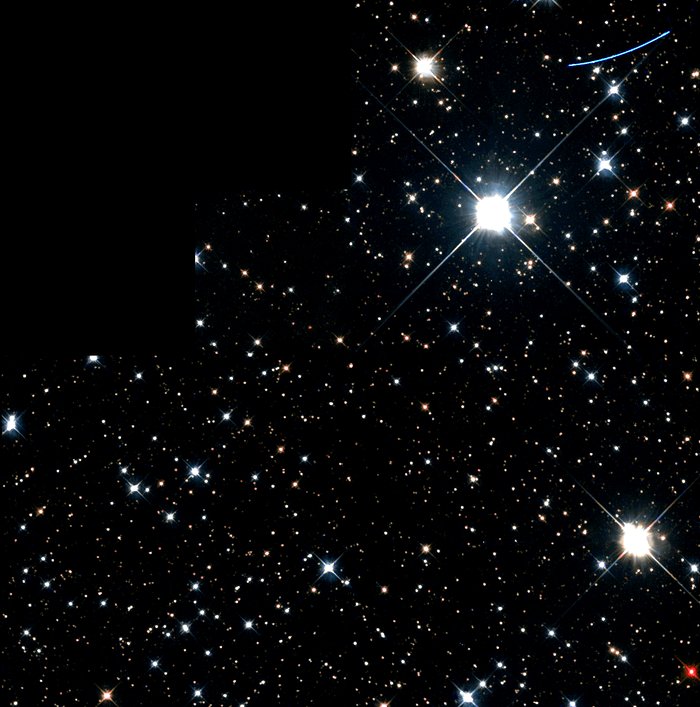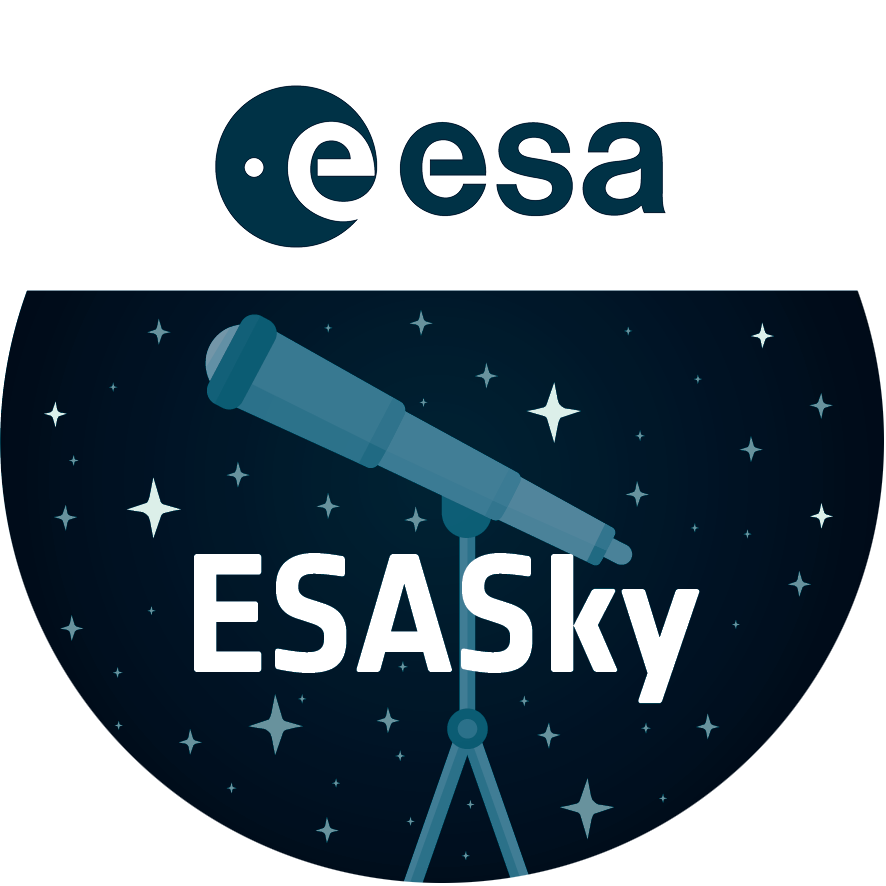A Mote in Hubble's Eye
On April 6, 1994 the NASA/ESA Hubble Space Telescope (HST) was performing a detailed study of the Sun's nearest stellar neighbor, Proxima Centauri, using the Fine Guidance Sensors to search for small deviations in the position of Proxima Centauri that could reveal the presence of an unseen planetary companion.
Rather than sit idle while this study went on, the Wide Field and Planetary Camera 2 (WFPC2) was activated using the observing strategy set out in a program initiated by Dr. Ed Groth (Princeton University) designed to make use of this otherwise wasted time.
The image captured by this WFPC2 parallel observation is a typical Milky Way star field in the constellation Centaurus. Such images can be used to study the evolution of stars that make up our galaxy.
Credit:About the Image
About the Object
| Name: | IRAS 14260-6227, Proxima Centauri |
|---|---|
| Type: | Milky Way : Star Milky Way : Sky Phenomenon : Night Sky : Trail |
| Constellation: | Centaurus |
| Category: | Stars |
Wallpapers
Coordinates
| Position (RA): | 14 28 10.65 |
|---|---|
| Position (Dec): | -62° 46' 3.58" |
| Field of view: | 2.48 x 2.50 arcminutes |
| Orientation: | North is 71.1° left of vertical |
Colours & filters
| Band | Wavelength | Telescope |
|---|---|---|
| Optical V | 606 nm |
Hubble Space Telescope
WFPC2 |
| Optical Pseudogreen |
Hubble Space Telescope
WFPC2 | |
| Infrared I | 814 nm |
Hubble Space Telescope
WFPC2 |


